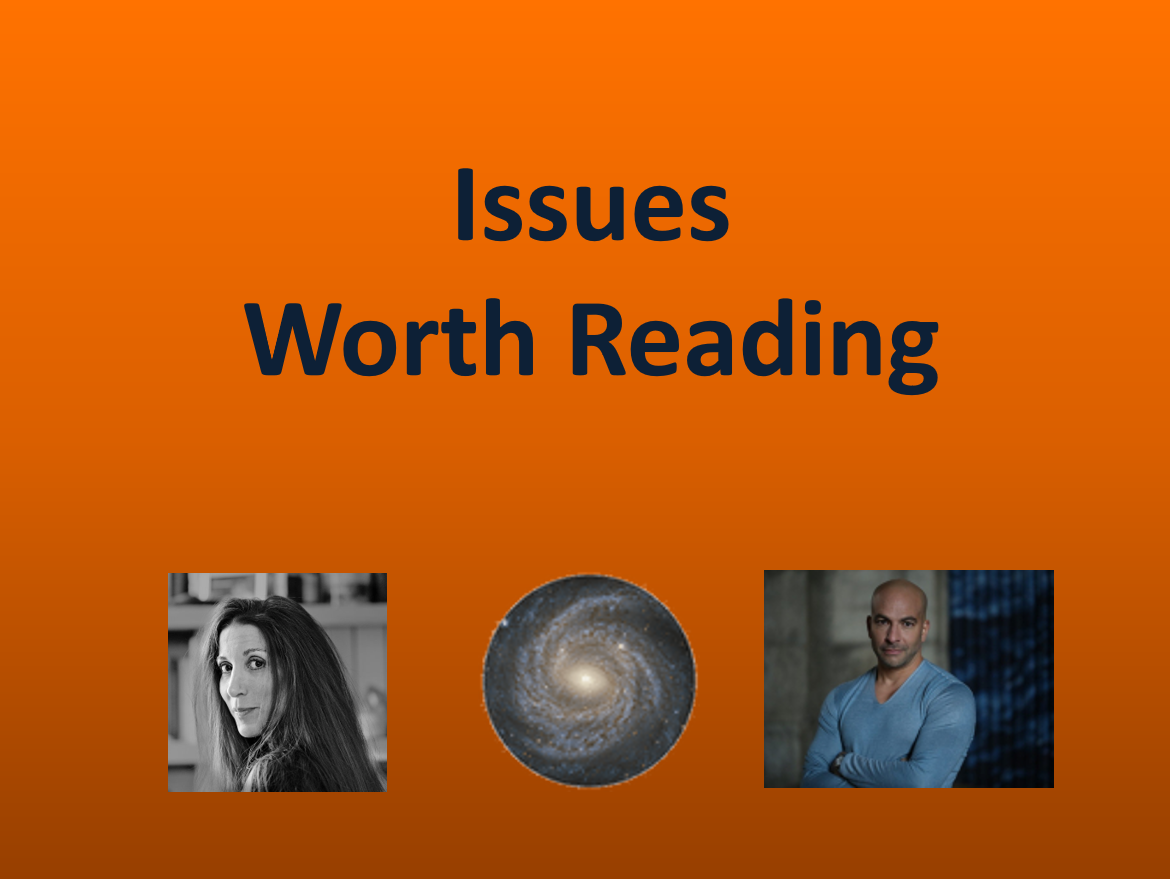6/25/21 Recommended Issues: Space Apocalypse, Monitoring, Sun

Good day!
Each week we handpick newsletter issues by independent writers you may have missed that provide new or unique perspectives.
If you read last week's and would like to subscribe or leave a review of any of the highlighted newsletters, you can do that here: Vittles, Coin Metrics, The Daily Coach. The narrowSCALE community really appreciates it!
Also, if someone forwarded you this and you'd like to subscribe, you can do that here -- thanks!)
Here's what's worth reading this week...enjoy!
THE SUN’S POWER
#333: Solar flux in Bad Astronomy Newsletter by Phil Plait on 6/21
The enormity of the energy emitted by the sun is really hard to wrap one’s head around -- and in this issue, Phil does an excellent job of trying to quantify this power and make it tangible. It’s a fun read, with easy-to-follow math, visuals, and reference points. You may walk away feeling a bit smaller in the universe, but much more knowledgeable about and in awe of the sun’s power! Enjoy! (1215 words; 4.5 minutes) Read it...
CONSISTENT VS POINT-IN-TIME MONITORING
Are continuous glucose monitors a waste of time for people without diabetes? In Peter Attia MD on 6/20
Unless you’re diabetic, pre-diabetic or a hard core athlete, you probably haven’t thought much about your glucose levels lately. And although this issue is specifically about glucose monitoring (with Dr. Attia advocating for the benefits of consistently monitoring), I’d argue that it should leave everyone with bigger questions around point-in-time measurements vs. continual monitoring. Is more data better or more actionable? Do you get a more realistic view into what your body is doing and would you do anything differently with that information? Etc… If anything, the questions/concepts raised here may lead you, at some point in your life, to have a different conversation with your doctor than you might have had before reading this. (2265 words; 8 minutes) Read it...
SPACE IS OUT TO GET US
The Four Horsemen of the Space Apocalypse, in The Cosmopolitan Globalist by Claire Berlinski on 6/18
Learnings from newsletters this week:
- On language... 50% of the 7000 languages spoken are at risk of dying out by 2021. 1/3 of languages have less than 1000 speakers...and one language dies out approximately every two weeks (because the last speaker dies). Ugh. That's linguistically pretty grim :( Why is this Interesting 6/22
- "When United Airlines’ Hemispheres magazine shed just an ounce by reducing the weight of its paper in 2017, it was reported that the airline saved 170,000 gallons of fuel a year, or roughly $290,000 in costs." Why is this Interesting 6/17
- Neapolitan ice cream first appeared in the US at the time around the Civil War, with its first newspaper reference in 1868. And it was, to some degree, modeled after the Italian, ice cream-like, Spumoni! Tedium 6/16
- Astronauts eat real ice cream in space, not the freeze-dried space ice cream that's sold to us at Air & Space museums and theme parks! Tedium 6/16
- Apparently, ~22million years ago, there used to be giant rhinos! From recently discovered fossils it was said that they would have been over 20ft tall at the shoulders and weighed more than 20 tons. That would make them the largest land mammal to have ever lived. WOW. Understandably 6/18
- American chocolate, as many people know, tastes quite different from European chocolate. Why? Apparently many chocolates in the US add butyric acid, which is also found in parmesan cheese and baby vomit (!!!)... Thank Hershey's for accustomizing Americans' palates to this taste starting back in the late 1890s!... (and yes, that could explain why many Europeans find American chocolate to be pretty gross!) now I know 6/21
- James Bond trivia for the day: The character James Bond was most likely named after an expert ornithologist who wrote "Birds of the West Indies" (the author Ian Flemming was an avid bird-watcher)... and the character Q was named after a fan who help convince the author that James Bond needed a bigger, stronger gun than he had in the first few books/movies! now I know 6/18
- The Earth receives a measly one two-billionths of the energy the Sun emits! Bad Astronomy Newsletter 6/21
For early access to the new features on narrowSCALE...let me know.
If you know someone who may enjoy this newsletter, feel free to forward!
And if you're looking for any specific newsletters to read, you can always email me or explore narrowSCALE.
Also, if you're not subscribed to THIS newsletter yet, please subscribe here :)!
Best,
~Jessica